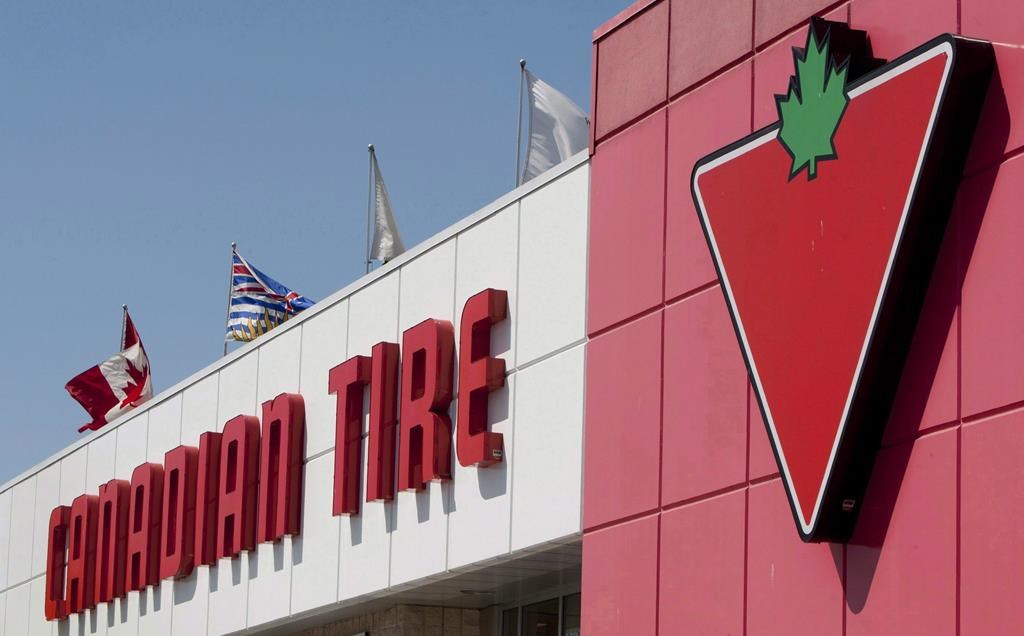Canadian Tire Corp. Ltd. is facing higher than usual inventory levels after a late start to warm weather sales combines with early shipments of fall and winter products.

The company had an additional $465.6 million in merchandise inventories at the end of its most recent quarter, an increase of about 18 per cent compared with the same period last year, due to higher in-transit inventory and more spring and summer goods on hand.
The situation raises concerns that the retail giant could experience similar excess inventory issues and markdowns U.S. retailers have warned about.
But Greg Hicks, president and CEO of Canadian Tire Corp., said he’s pleased with the company’s ability to manage inventory levels “especially considering what we’re seeing with large retailers south of the border.”
“We feel good about our inventory levels and don’t see any meaningful margin risk or incremental markdown requirements to clear inventory,” he said Thursday during a call to discuss the company’s second-quarter results.
Higher merchandise inventories at the end of June partially reflected a later start to spring this year, Hicks said. The company recorded “good movement on these products in July once the warmer weather finally arrived,” he said.

Get weekly money news
Inventory levels also reflect more than $260 million of goods in transit for fall and winter categories, which the company ordered early to ensure minimal supply chain disruptions, Hicks said.
Still, TJ Flood, president of Canadian Tire retail, said the stores’ dealers “are a little heavier in a few spring and summer categories and … probably wish they had fewer bikes and kayaks.”
But he said the decline in sales of items like bikes, kayaks and paddleboards was offset by sales in plumbing and auto maintenance.
Canadian Tire reported a lower second-quarter profit compared to a year ago despite double-digit revenue growth.
The company, which has retail, financial services and real estate segments, reported its net income attributable to shareholders totalled $145.2 million or $2.43 per diluted share for the quarter, down from $223.6 million or $3.64 per diluted share a year earlier.
Revenue for the three months ended July 2 was $4.4 billion, up 12.4 per cent from $3.9 million in the same quarter of 2021.
Overall retail sales rose 9.9 per cent and comparable sales, excluding petroleum, gained five per cent.
Canadian Tire retail comparable sales growth was up 3.9 per cent. Flood said transaction were up while the average number of items in each transaction were down and the price per item increased.
Same-store sales at the company’s Mark’s banner rose 20.9 per cent after posting a 43.2 per cent increase in the same period last year.
Hicks said the store’s brands, such as Levi’s, Carhartt and Timberland, are helping attract customers under age 30 – an important demographic in retail.
Canadian Tire’s financial services revenue grew 15 per cent, driven by growth in receivables and growth in credit card sales, due to increased customer activity and new account acquisitions.
The company recorded a $36.5 million one-time expense in the quarter after formally shutting down its Helly Hansen operations in Russia and exiting the market.
Irene Nattel, an analyst with RBC Dominion Securities Inc., said Canadian Tire’s “messy quarter” masked the company’s “solid underlying performance.”
She said the company’s underlying demand trends remained strong, with the retail banners delivering strong revenue growth despite supply chain headwinds.







Comments